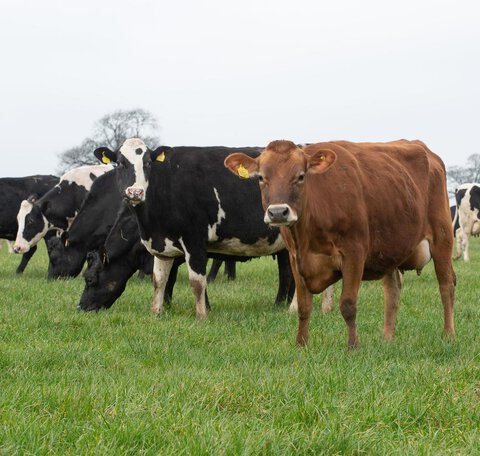Before they changed their farming system, the Henderson family admits it was hard to make a margin. Now they’ve made the switch and used the better finances to set up another farm.
The Henderson family had run a traditional farm in the north of England for many years, originally combining winter housing with seasonal grazing, but gradually finding themselves pushed towards housing their cows all year.
However, despite achieving outstanding physical performance, by their own admission, Richard Henderson, his brother Michael and their parents, Chris and Mandy, struggled to make a margin. Farming 100 hectares (250 acres) and milking 180 Holsteins at The Gill Farm, near Carlisle, by the time the family agreed upon the need for change, they were putting 10 ingredients in the mixer wagon and feeding three tonnes of concentrates per cow per year.
“There were also large contracting costs for making silage, vet checks and scanning every two weeks, and a lot of money going into feed and just keeping the wheels on the wagon,” says Richard.
Taking advice from their consultant, they finally opted to make more use of grazed grass, splitting larger fields into paddocks, and moving the herd towards spring block calving.



